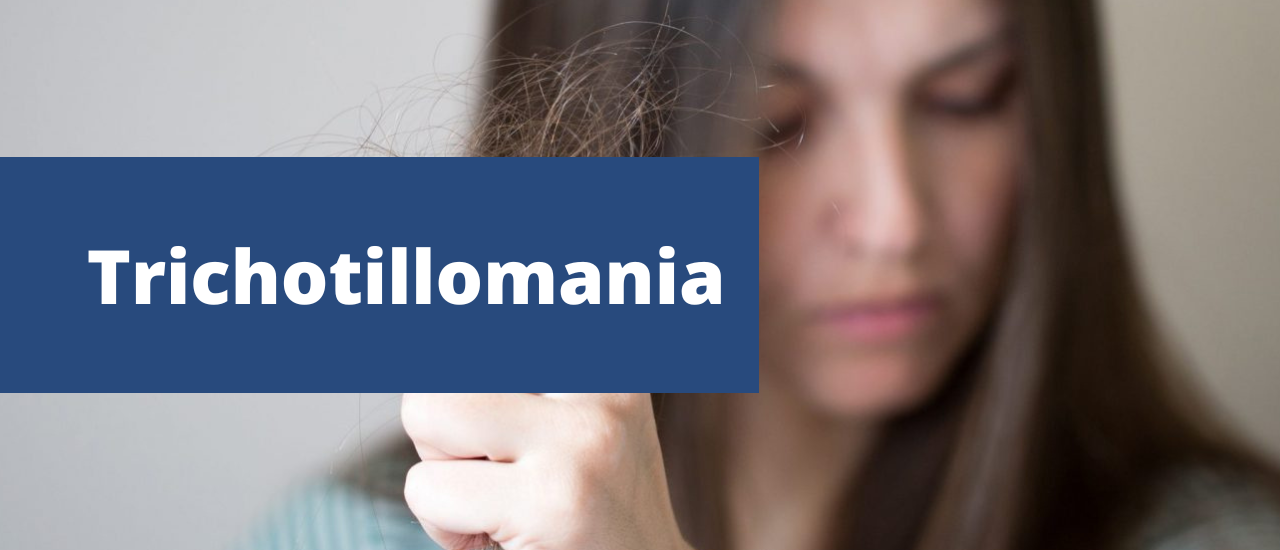

wordpress-seo domain was triggered too early. This is usually an indicator for some code in the plugin or theme running too early. Translations should be loaded at the init action or later. Please see Debugging in WordPress for more information. (This message was added in version 6.7.0.) in /home/sehatnagar.com/public_html/wp-includes/functions.php on line 6114
Trichotillomania anxiety disorder is another name for hair-pulling disorder. It is a psychiatric condition characterized by recurring, overwhelming cravings to take out hair from your scalp, brows, or other places of your body, despite your best efforts. They are aware that they have the ability to cause harm, yet they frequently lack the ability to control their emotions. When they are anxious, they may pluck out their hair to try to calm themselves. This disorder is classified as an obsessive-compulsive disorder. When it’s severe, it can have a huge impact on a person’s happiness, well-being, and general quality of life. Hair pulling is a sort of repetitive body-focused action. Body focused repetitive behaviors are self-grooming activities that develop into strong, unwelcome habits.
Many people tug their hair without even realizing it. When individuals become aware that they are ripping out their hair, their anxiety and self-consciousness may increase. As a result, there is a vicious cycle of anxiety, hair pulling, momentary relief, and then anxiety, embarrassment, and hair pulling once more. Trichotillomania anxiety disorder likely originates from a confluence of genetic and environmental variables, like many other complicated illnesses.
TTM may result from specific Gene defects.
People with TTM frequently experience changes to specific brain regions or variations in their brain chemistry.
Many TTM sufferers claim that their condition began after a trying period in their lives. Others claim that it began as a tiredness behavior that eventually turned into an addiction.
Many trichotillomania’s experience an itch, tingle, or urge to perform the behavior. They get a fleeting sense of relief by pulling their hair. This comfort serves as a reward to the brain. Dopamine and other enticing hormones are released by the brain. This connects pulling out hair and the reward. It leads to the habit of plucking off one’s hair.
It is characterized by excessive, unreasonable cravings to perform particular behaviors as well as persistent, unwanted, intrusive thoughts (obsessions) (compulsions). Even though OCD sufferers may be aware that their actions and ideas are absurd, they frequently lack the control to change them. You might make an effort to suppress or dismiss your obsession behavior, but doing so simply makes you feel more upset and anxious. In the end, you get compelled to engage in obsessive behaviors in an effort to reduce your stress. Despite attempts to suppress or ignore unwanted thoughts or urges, they persist.
When a person persistently participates in body-focused behaviors including skin picking, cheek chewing, hair pulling, and related behaviors, the conduct is known as body-focused repetitive behavior (BFRB). Even if BFRB produces discomfort or harm, people find it challenging to cease. Due to self-image issues, people with BFRBs do not engage in the behaviors. The action is instead a habit that can feel forced or unconscious. The habit is typically used by a person to reduce stress and anxiety.
When you have hair pulling disorder, you compel yourself to pull out your own hair. When it occurs during your adolescence, teen years, and adult years, it frequently has serious negative impacts on your mental health and wellbeing. TTM sufferers frequently experience anxiety, embarrassment, or shame as a result of their disease. Their social and professional lives may be impacted. Due to feelings of embarrassment or humiliation, many people with this illness choose not to seek therapy.
No, trichotillomania isn’t contagious, and it can’t spread to others. It can only spread if you have this disorder in your genes.
Behavioral therapy and medicines, which are typically used in conjunction, are the two treatment modalities that have been scientifically investigated and proved to be successful.
In behavioral treatment, patients learn an organized approach for recording symptoms and related behaviors, how to become more conscious of pulling, how to replace undesirable actions, and other methods for breaking the “habit” of pulling. Numerous forms of therapy can support trichotillomania’s and even assist them in quitting hair pulling permanently.
You can practice tolerating the urges to pull your hair out without actually doing it.
Trichotillomania is frequently treated primarily with this. It will enable you to develop healthier behaviors in place of hair pulling, such as clenching your fists in response to urges to pull your hair.
This assists individuals in examining and altering the beliefs that cause hair pulling.
People with TTM may benefit from specific types of group therapy or support.
Although it is obvious that some people benefit briefly from drugs, symptoms are likely to reappear if behavioral therapy isn’t included in the treatment plan. The effects of the person’s sadness and any obsessive-compulsive symptoms could be lessened with medication.
Body Dysmorphic Disorder DSM-5; Causes & Signs
Oppositional Defiant Attention Deficit Disorders(ODD): Signs & Therapies
Know About The Different Ways Of Self Harm And How To Stop It